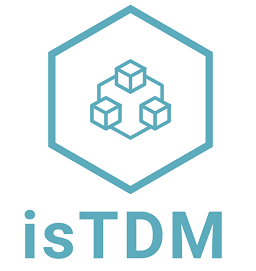Definition(s):
It refers the most appropriate actions to eliminate TD. The actions to pay a debt item depend on the TD types and the objectives involved. It was also possible to observe that the TD repayment can be carried out by adopting planned actions and technologies. For instance, refactoring may be adopted as a strategy for repayment of Design and Code debts. Besides, making the software product’s characteristics explicit (i.e., document or update the software artifacts) can used as a solution for repayment Document debt. Specific tools and methods can support the TD repayment as tools for static analysis of source code, automated tests, and quality inspection methods in software artifacts, among others
Source(s):
- Ampatzoglou, Areti, et al. “The financial aspect of managing technical debt: A systematic literature review.” Inform. Softw. Technol., 64 (2015), pp. 52-73.
- Li, Zengyang, Paris Avgeriou, and Peng Liang. “A systematic mapping study on technical debt and its management. Syst. Softw., 101 (2015), pp. 193-220.
- Alves, Nicolli SR, et al. “Identification and management of technical debt: A systematic mapping study.” Inform. Softw. Technol., 70 (2016), pp. 100-121.
- Fernández-Sánchez, Carlos, et al. “Identification and analysis of the elements required to manage technical debt by means of a systematic mapping study.” J. Syst. Softw., 124 (2017), pp. 22-38.
- Behutiye, Woubshet Nema, et al. “Analyzing the concept of technical debt in the context of agile software development: A systematic literature review.” Information and Software Technology 82 (2017), pp. 139-158.
- Besker, Terese, Antonio Martini, and Jan Bosch. “Managing architectural technical debt: A unified model and systematic literature review.” J. Syst. Softw., 135 (2018), pp. 1-16.
- Verdecchia, Roberto, Ivano Malavolta, and Patricia Lago. “Architectural technical debt identification: The research landscape.” Proceedings of the 2018 International Conference on Technical Debt. ACM (2018), pp. 11-20.
- Khomyakov, Ilya, et al. “Automated Measurement of Technical Debt: A Systematic Literature.” Proceedings of the 21st International Conference on Enterprise Information Systems (ICEIS 2018) (2016), pp. 95-106.
- Lenarduzzi, Valentina, et al. “A systematic literature review on Technical Debt prioritization: Strategies, processes, factors, and tools.” Syst. Softw., 171 (2020): 110827.
- Alfayez, Reem, et al. “A systematic literature review of technical debt prioritization.” Proceedings of the 3rd International Conference on Technical Debt (2020), pp.1-10.
- Dalla, L. O. F. B. “Systematic Mapping on a metaphorical issue of Technical Debt framework.” International Journal of Health and Pharmaceutical Research E-ISSN 2545-5737 P-ISSN 2695-2165, Vol 5. (3), (2020).
- B. A. Lunde and R. Colomo-Palacios. “Continuous practices and technical debt: a systematic literature review.” Proceedings of the International Conference on Computational Science and Its Applications (ICCSA). IEEE, (2020), pp. 40-44.
- Jeronimo Junior, Helvio, and Guilherme Horta Travassos. “Consolidating a Common Perspective on Technical Debt and its Management Through a Tertiary Study.” Information and Software Technology (2022): 106964.
